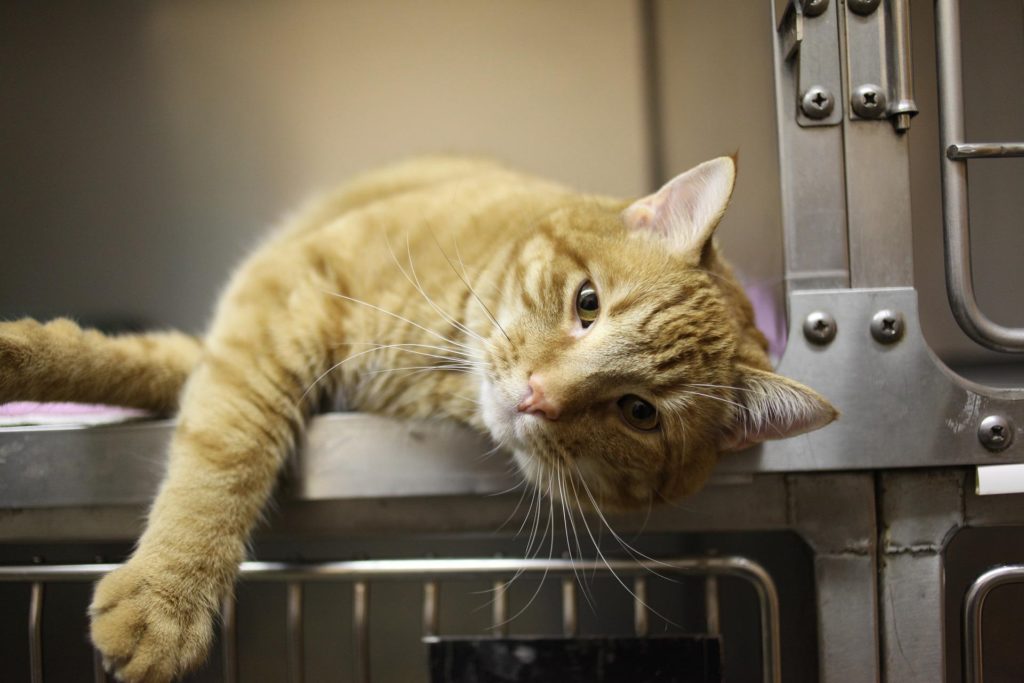January is Walk Your Dog Month
It should come as no surprise to dog owners that going for regular walks is not only necessary but also beneficial. Of course dogs need potty breaks, but the exercise and mental stimulation that come with walking your dog is great for both you and your furry companion.
While going for a leisurely walk around the neighborhood may not seem like much, there are actually many benefits associated with walking your dog regularly. Getting out in the fresh air with all sorts of new smells and sights to explore may bring your dog great satisfaction and may benefit their mental and emotional health. Additionally, giving them something constructive to do, such as walking, may prevent them from doing something destructive, like chewing on your favorite pair of shoes.

Perhaps more importantly, walking can help to reduce your dog’s weight or maintain an ideal weight. Unfortunately, obesity has become a major health concern in pets. According to some statistics, obesity is the most common preventable disease in dogs, affecting approximately 25-30% of the general canine population. As with people, obesity is associated with an increased risk for many serious diseases including cancer, diabetes, heart disease, and osteoarthritis.
Speaking of osteoarthritis, regular walks can help control symptoms of this disease as well. By reducing an obese pet’s weight, you also reduce the stress on their joints. Additionally, walking can help to strengthen the muscles and supporting soft tissue structures around the joints, promoting increased joint stability. It can also increase joint fluid circulation, which is beneficial to maintaining healthy joint cartilage.
Walking is a relatively easy and low-impact exercise that comes with many health benefits. While January may not seem like the best month to get out and walk your dog, it’s actually a necessary reminder that dogs need exercise year-round, regardless of the colder temperatures. That being said, you should exercise your pet safely and remember that every pet has different capabilities. If you have questions about exercising your dog, it’s always best to speak with your veterinarian.









